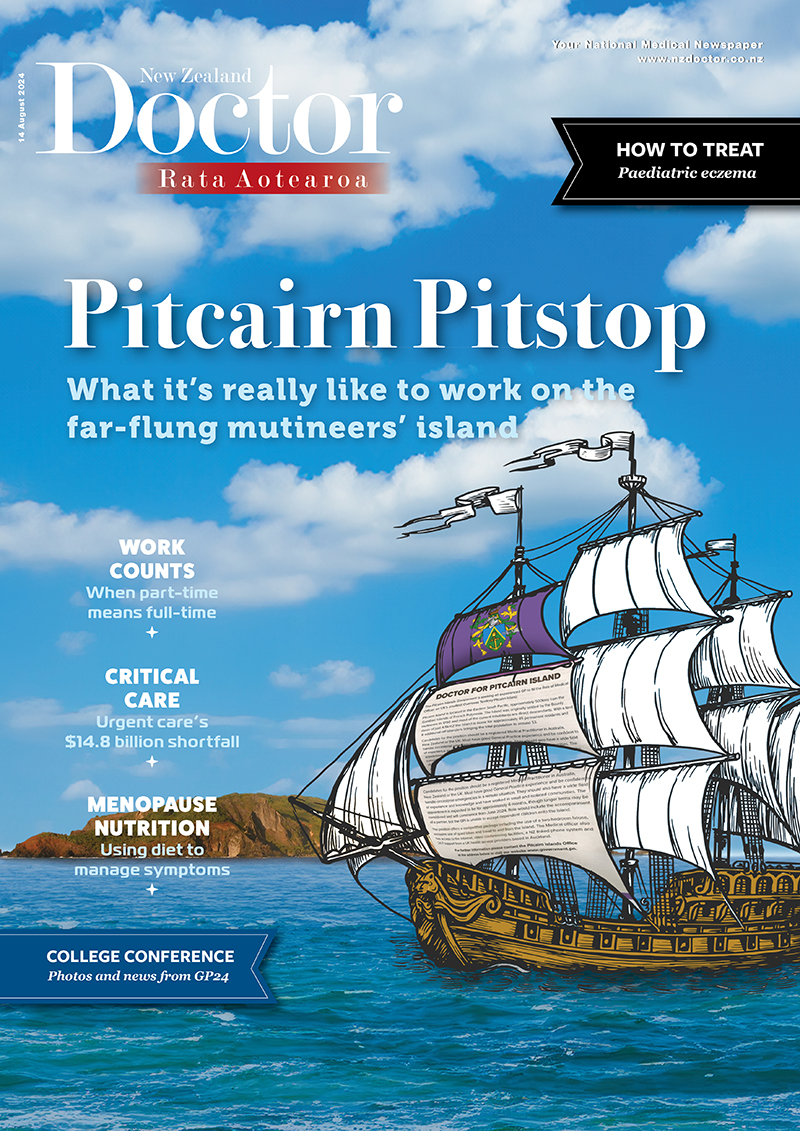Specialist GP Nikki Vadgama provides some tips to make your next paediatric eczema consult easier. She includes a review of new guidelines, resources, websites and medications for paediatric eczema management
Atrial fibrillation and anticoagulation risk in advanced age a conundrum
Atrial fibrillation and anticoagulation risk in advanced age a conundrum

The risk–benefit assessment for anticoagulation in atrial fibrillation in the elderly is a conundrum, but considering the relative consequences of stroke, which might be greater than those of anticoagulant-related bleeds, can be of help in decision-making
1. Odutayo A, Wong CX, Hsiao AJ et al. Atrial fibrillation and risks of cardiovascular disease, renal disease, and death: systematic review and meta-analysis. BMJ 2016;354:i4482.
2. Fitzmaurice DA, Hobbs FDR, Jowett S et al. Screening versus routine practice in detection of atrial fibrillation in patients aged 65 or over: cluster randomised controlled trial. BMJ 2007;335:383.
3. BPAC. Management of atrial fibrillation in general practice. Best Pract J 2011. BPJ: 39. Available online at https://bpac.org.nz/bpj/2011/october/af.aspx
4. Teh R, Kerse N, Kepa M et al. Self-rated health, health-related behaviours and medical conditions of Maori and non-Maori in advanced age: LiLACS NZ. NZ Med J 2014;127(1397):13–29.
5. BPAC. The use of antithrombotic medicines in general practice: a consensus statement. Best Pract J 2011. BPJ: 39. Available online at https://bpac.org.nz/bpj/2011/october/antithrombotic.aspx
6. Turagam MK, Velagapudi P, Flaker GC. Stroke prevention in the elderly atrial fibrillation patient with comorbid conditions: focus on non-vitamin K antagonist oral anticoagulants Clin Interv Aging 2015;10:1431–44.




